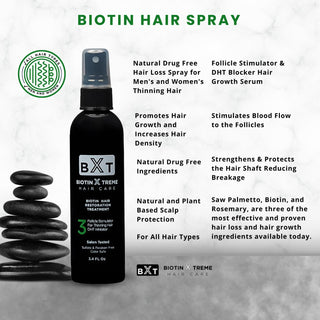An Overview of Hair Care Before, During, and After Coloring your Hair
It is very common to see people sporting hair of different hues nowadays. The choice is no longer limited to blonde or black colors for hair. There are four common types of coloration applied to hair.
Types of hair coloration
- Permanent hair color usually contains a mixture of ammonia, oxidizing agent, and a coloring agent. The molecules of the oxidizing agent remove your hair’s natural color, akin to bleaching it. The molecules of the coloring agent permeate the cuticles of your hair to modify the composition of the melanin inside your hair strands. As we know, melanin is the source of color in hair and skin, so the coloring agent changes the basic nature of the colors your hair would reflect. These changes are usually permanent, and their effects cannot be reversed.
- Semi permanent color does not change the nature of the color change of your hair strands. Its effect would usually last for a few weeks only, during which the applied color gradually fades and become less and less prominent. The reason for this is the color molecules in this type of coloring agent do not penetrate the cuticle but only color the hair strand from outside. The brightness of the color reduces little by little with every wash and also after extended exposure to sunlight.
- There is a third option which falls somewhere between a permanent hair color and a semi permanent hair color. It is called a demi-permanent hair color. This kind of hair color penetrates the cuticle to a slight extent – more than a semi permanent hair color, but less than a permanent hair color. Once the hair color has faded away, so of that color might be seen at the roots of the hair strands, but most of the hair would be back to its original color.
- The last category of hair coloration, and maybe most popular nowadays, is called streaking of hair. It involves giving a different color only to selected strands of the hair, while leaving the majority of the hair unchanged. The changed color of those strands is because of the use of effective oxidation agent. Another way of highlighting your hair is to bleach it completely to leave only the natural pale yellow color of the hair (which is due to keratin), and then applying the specific color tone to specific strands of hair.
Common concerns while applying hair coloration
While the end result of a well done coloring treatment to your hair gives very satisfying result, an error could leave you unable to leave home for days, or leave home only wearing a hat or cap. Whether you do it yourself or get it done at a salon, there are a few common concerns that make you apprehensive.
- Would I be able to carry out heat styling of my hair after coloring it? The answer to that is usually no. But if it is an important part of your hair styling plans, then you need to use a heat protectant before initiating the coloring process.
- How soon after coloring is it possible to shampoo my hair? The answer to this would depend on both the color you used, and the shampoo you have. But as a general rule of thumb, you must wait for at least 2 to 3 days after coloring. Also, choose the shampoo with care, and make sure you use one of the best natural shampoo for colored hair.
- In addition to the right choice of shampoo and the recommended gap before using a shampoo, many people also have concerns about the temperature of water to use during the first shampoo after coloring your hair. Never use water that is too warm, because it might expand the cuticles, and allow the colors to escape.






